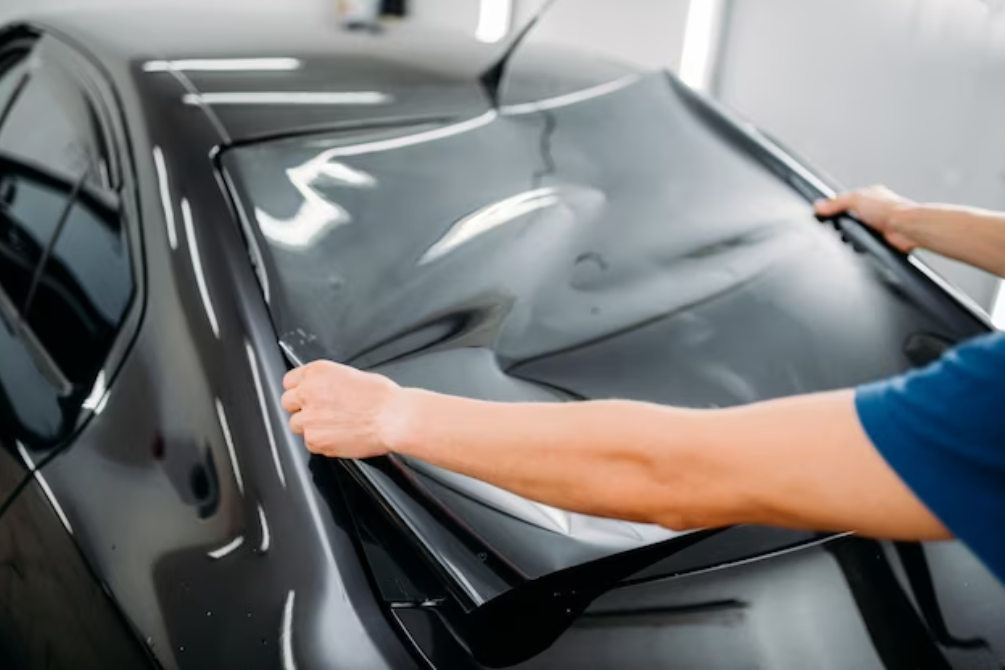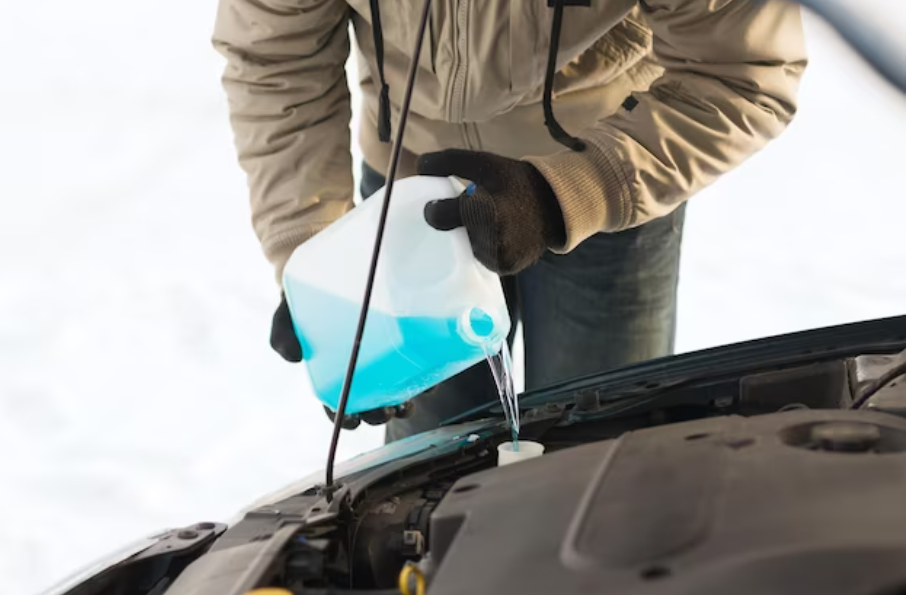How To Remove Tree Sap From Your Car?
Tree sap on your car can be a frustrating and persistent issue. It not only mars the appearance of your vehicle but can also damage the paint if left untreated. Fortunately, there are several effective methods to safely remove tree sap, whether you prefer DIY solutions or professional products.
In this guide, we'll walk you through the steps to clean the sap off your car and provide tips to maintain your car’s pristine finish.

Why Tree Sap Is A Problem For Your Car?
Tree sap can be a significant problem for your car due to several reasons:
Paint Damage: Tree sap is highly acidic and can etch through your car’s clear coat, leading to permanent damage to the paint. Over time, the sap hardens and can cause discoloration and staining, making it difficult to remove without damaging the underlying paint.
Difficult to Remove: Once it hardens, tree sap can be very challenging to clean off. Regular car washes may not be sufficient, and aggressive scrubbing or the use of harsh chemicals might be required, which can further risk scratching or damaging the paint.
Windshield Visibility: Sap on the windshield can obstruct visibility. It can smear when you use your wipers, making it more difficult to see clearly, especially in sunlight or during rain, thus posing a safety hazard.
Attracting Dirt: Sticky sap can attract dust, dirt, and other contaminants. This not only makes your car look dirty but can also make the sap more abrasive and damaging as these particles become embedded.
Corrosive Effects: Some types of tree sap can be corrosive. If left unchecked, the sap can degrade not only the paint but also other exterior parts of the car, such as rubber seals and plastic trim.

Here are some safe and effective ways to remove tree sap from your car:
-
Soapy water: Begin with the gentlest method. Mix warm water with a mild car wash soap and apply it to the sap-covered area. Gently rub with a soft cloth or sponge. The soap will help break down the sap without damaging the paint.
-
Isopropyl Alcohol: Isopropyl alcohol is an effective sap remover that won’t harm your car’s finish. Dampen a cloth with alcohol and gently rub the sap until it dissolves. Rinse the area with water and dry it with a clean cloth.
-
Commercial Sap Removers: Various commercial sap removers are designed specifically for car surfaces. These products break down the sap without damaging the paint. Follow the manufacturer’s instructions for optimal results.
-
Olive Oil: Olive oil can be an effective sap remover. Apply a small amount to a soft cloth and rub it onto the sap. The oil will help loosen the sap, making it easier to wipe away. Clean the area with soapy water afterward.
-
WD-40: WD-40 is a versatile product that can remove tree sap. Spray a small amount onto the sap, let it sit for a minute, and then gently wipe it away with a clean cloth.

If you live in an area with many trees, particularly maple and evergreen trees, you might find their especially sticky sap difficult to remove. For stubborn tree sap, follow this process:
For a DIY solution, start with an acetone-based nail polish remover. Soak a cotton ball with the remover and gently rub it on the sap using a circular motion until it comes off. If this doesn’t work, try rubbing alcohol or baking soda, both of which can help loosen sticky substances. Afterward, wash the car to completely remove any remaining sap.
If you prefer using a professional sap cleaning product, spray the sap cleaner on the affected area and wipe it off with a microfiber towel. Then, wash the car with soap and water to ensure no chemical residue remains.
To complete the cleaning process, apply a coat of wax to your car. This will reinforce the clear coat and add a new layer of protection. If the paint gets damaged, you can use touch-up paint to cover the specific area.

- Avoid parking under trees when possible.
- Regularly wash your car to remove any sap before it hardens.
- Use specific cleaning products designed for removing tree sap, ensuring they are safe for automotive paint.
- Apply a protective wax or sealant to your car’s paint, which can make it easier to clean off contaminants like sap in the future.
Can tree sap damage my car’s paint?
Yes, if not removed promptly, tree sap can harm your car’s paint. It can penetrate the clear coat, leading to discoloration and dullness.
How soon should I remove tree sap from my car?
It’s best to remove tree sap as soon as you spot it to avoid potential damage. The longer it stays on your car, the more difficult it becomes to remove.
Can I use household solvents like nail polish remover?
It’s not advisable to use household solvents such as nail polish remover or acetone on your car’s paint, as they can damage the finish. Opt for safer sap removal methods instead.
Will sap removal affect my car’s wax or sealant?
Removing sap might strip away some of the wax or sealant on your car’s surface. After removing the sap, consider reapplying wax or sealant to protect the paint.
Removing tree sap from your car doesn't have to be a daunting task. With the right tools and techniques, you can effectively clean off the sticky residue and protect your car’s paint. Whether you choose a DIY approach or opt for professional products, regular maintenance and a protective wax coating will help keep your car looking its best. By following these steps, you can ensure that tree sap is no longer a problem for your vehicle.
Click on the following link to read another blog post: How And Where To Use Lithium Grease On Your Car?







.png)








